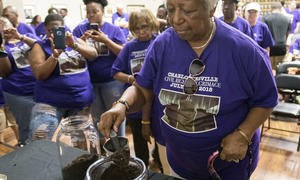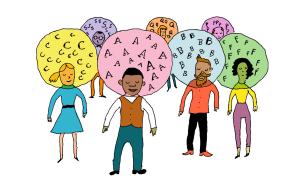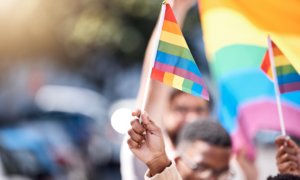article
End Poverty. PERIOD.

Breanna and Brooke Bennett, student activists and founders of Women in Training, explain the impetus for their work to provide free menstrual products to all menstruating students.



As journalist and educator Anthony Conwright argues in the Fall 2022 issue of Learning for Justice magazine, “Trauma-informed and restorative justice practices are among the beginning models of an equity process to disrupt the school-to-prison pipeline. And while systemic change is essential, educators have an immediate responsibility to prioritize the mental health and well-being of students.”

